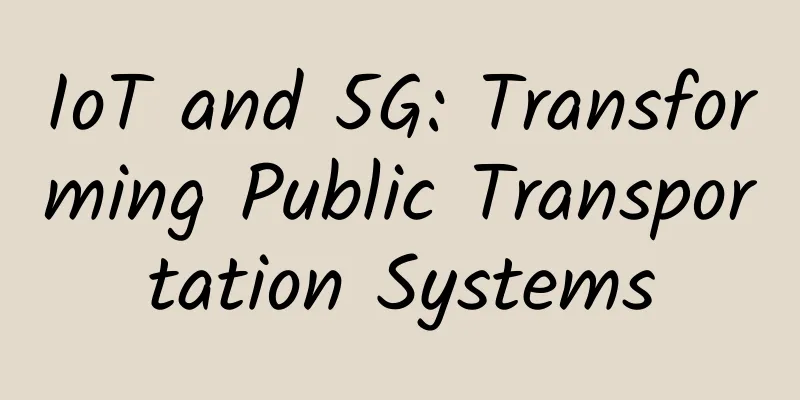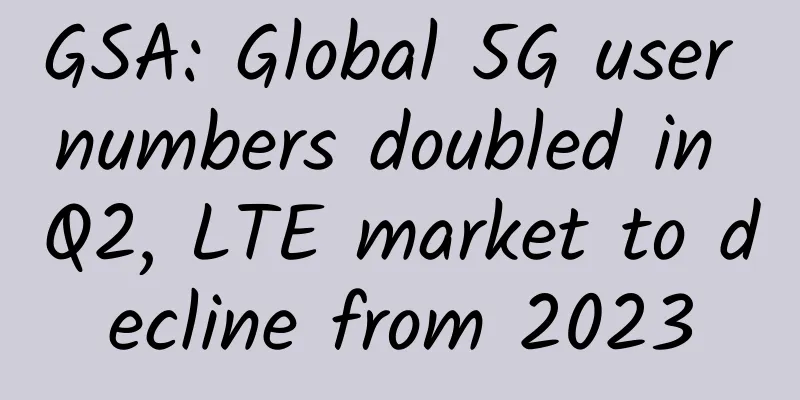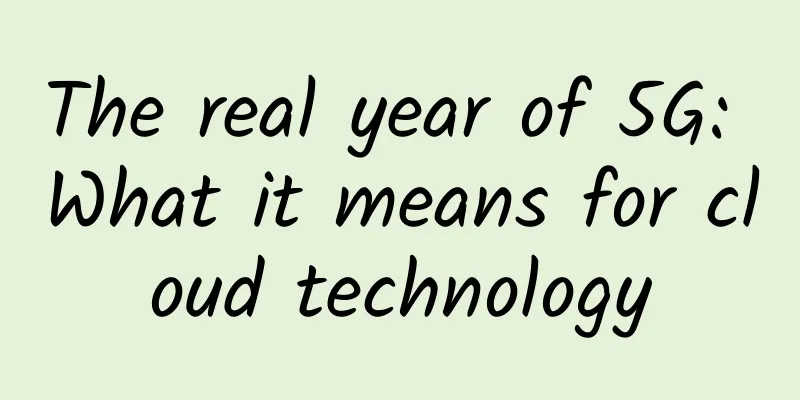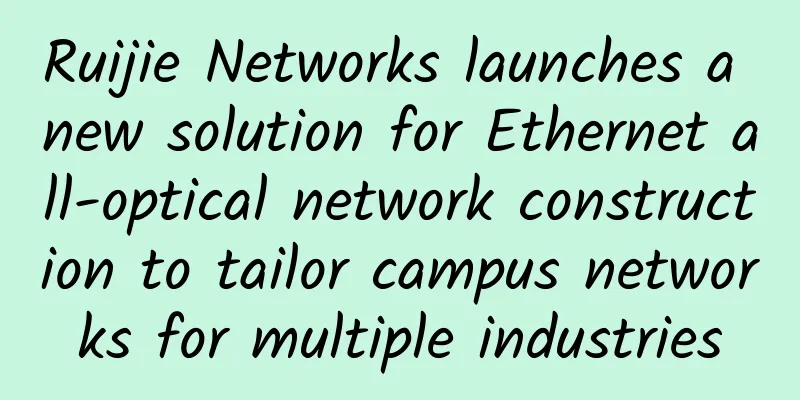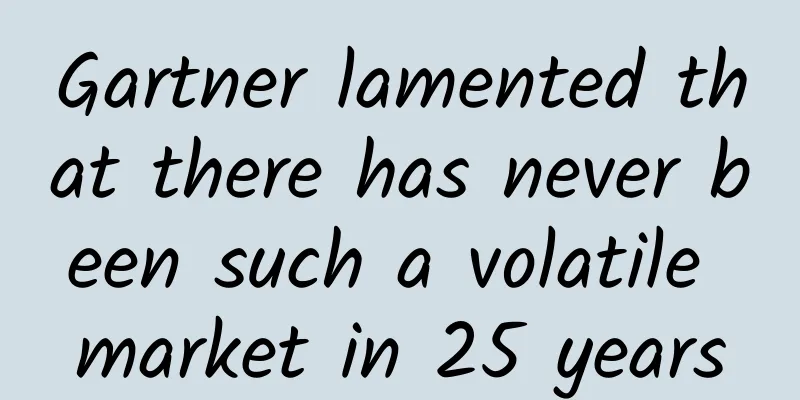5G, edge computing and IoT are expected to reshape networks
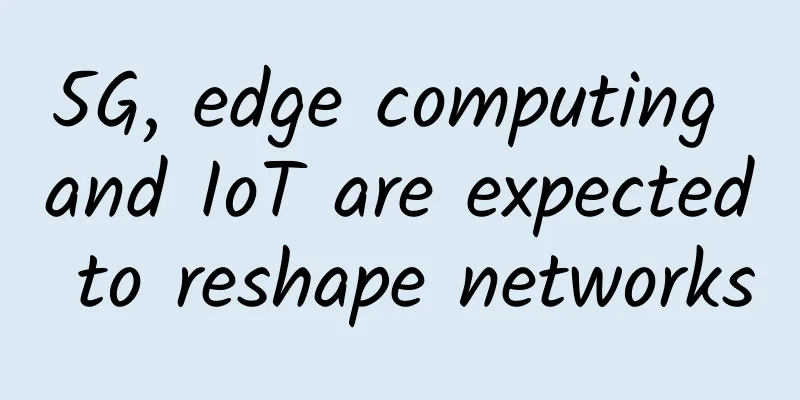
|
5G provides wireless cellular connectivity with higher bandwidth, lower latency, and higher device density than the previous generation of cellular service (4G). In addition to speeds of 10 Gbps and 1 millisecond latency, 5G can support thousands of devices per square kilometer. 5G also supports network slicing, which allows operators to divide the 5G radio access network into virtual segments, each of which can be customized to support different types of applications. Another benefit of network slicing is that the traffic of one segment can be isolated from the traffic of other segments to ensure security.
5G uses a variety of frequencies, ranging from the existing 2.4 GHz band to millimeter wave (MM wave). Millimeter wave frequencies support higher bandwidth channels, although they reduce range due to RF absorption. This means that more access points can be deployed, which will reduce the number of endpoints associated with each AP and increase the bandwidth available to each endpoint. 5G edge computing, fog computing and IoT Edge computing integrates data processing into edge devices, which are typically data collectors or process controllers. Edge computing quickly processes raw sensor data without transmitting the data to the host application. By processing raw data near or within the edge device, transmission latency and bandwidth costs can be reduced. A good example of this is a programmable logic controller that collects and processes locally generated data and then uploads summary data via a network connection to a comprehensive monitoring application for additional data processing and archiving. Edge computing improves the efficiency of upstream data transmission and provides real-time control of IoT edge devices. In edge computing, processing power is installed inside or near edge devices. Fog computing offers an alternative that places computing and storage capabilities near edge devices, rather than within them. It provides local device-to-device communications, offers better control system resiliency, and sends summary data to cloud-based applications. The 5G edge computing combination brings opportunities for new and improved applications, including IoT deployments, thanks largely to the standard’s bandwidth latency and real-time control capabilities. 5G’s 1 millisecond latency (versus 10 milliseconds for 4G) supports real-time applications – applications that cannot tolerate the latency of 4G. A common example is self-driving cars, where cars communicate with each other over 5G, sharing sensor data and driving intent, allowing each car to make intelligent decisions about its intended path. Fog computing, combined with the low latency of 5G, supports real-time applications that high-latency cloud-based applications cannot support. Application resiliency can also be improved through a distributed architecture, where fog computing infrastructure is installed close to IoT devices. By using the right architecture, edge and fog computing-based applications can continue to operate at the local level even if the network connection to the cloud fails. Security use cases support 5G edge computing In addition, edge computing security can be enhanced by using private 5G network slices, which are protected by firewalls and built on network function virtualization infrastructure. At the same time, containerization will make it easier to deploy customized software to edge or fog computing systems. Large solid-state storage systems will be able to store large amounts of data. This combination of network, computing, and storage opens the door to many interesting and powerful systems. Let's look at the building's environmental, lighting, and security systems. With 5G and fog computing infrastructure, low-cost sensors can transmit data over a local secure network. The fog computing system makes control decisions based on configuration data downloaded from the cloud. The low latency and high density of the 5G network means it can collect data in real time from hundreds of thermostats, occupancy sensors, security scanners, and ambient light monitors. The fog computing system sends commands to building lighting, door locks, and heating and cooling systems over the 5G network. If the cloud connection is interrupted, the system will continue to operate. At the same time, security is enhanced because 5G network slicing isolates sensor and control data from other network users. Another good example is an assembly plant control system. Robots communicate with each other to pass parts to each other and rely on 5G edge computing for communication. A fog-based infrastructure will add another level of control between neighboring robots. You can also easily extend this concept to a chemical plant process control system. In both examples, 5G network slicing can enhance security. |
<<: How does SD-WAN compare to VPN?
>>: Linux TCP/IP protocol stack, data sending and receiving process, TCP protocol characteristics
Recommend
Four tips for network capacity planning and configuration
When designing an enterprise network, there is a ...
A brief tutorial on the Dig command
Hello everyone, I am Xianyu. I don’t know how oft...
The next generation of wireless standards: What's different about Wi-Fi 6
Wi-Fi 6 is the next generation wireless standard ...
TCP
[[381851]] This article is reprinted from the WeC...
CloudCone: $17.99/year KVM-1GB/50GB/1TB/Los Angeles MC Data Center
CloudCone sent an email at the beginning of the m...
[11.11]80VPS: 50% off all VPS, special VPS annual payment starting from 199 yuan, multiple data centers in Hong Kong/US/Japan/Korea, etc.
80VPS also launched a promotion during the Double...
What is the difference between SNMP Trap and Syslog?
System administrators use Syslog or SNMP Trap for...
5G is coming, but how fast?
Wireless networking is truly part of the culture ...
RAKsmart: Korean server/Japanese server starting from $59/month, 50-300M mainland optimized bandwidth
RAKsmart's October promotion has begun, and a...
Prediction: Global enterprise-level WLAN equipment spending will reach $40 billion in the next five years
Market research firm Dell'Oro Group has just ...
Double 11 Carnival, drink this bowl of "traffic control" soup
[[350322]] As the Double 11 shopping festival app...
What are the differences between NB-IoT and LoRa in terms of power consumption of IoT terminals?
To make a comparative analysis between NB-IOT and...
Why is Low Power WAN the First Choice for IoT Applications?
Enterprises looking to launch and expand IoT appl...
Why 5G and IoT security is more important than ever
[[421462]] The convergence of IoT and 5G is a gam...
